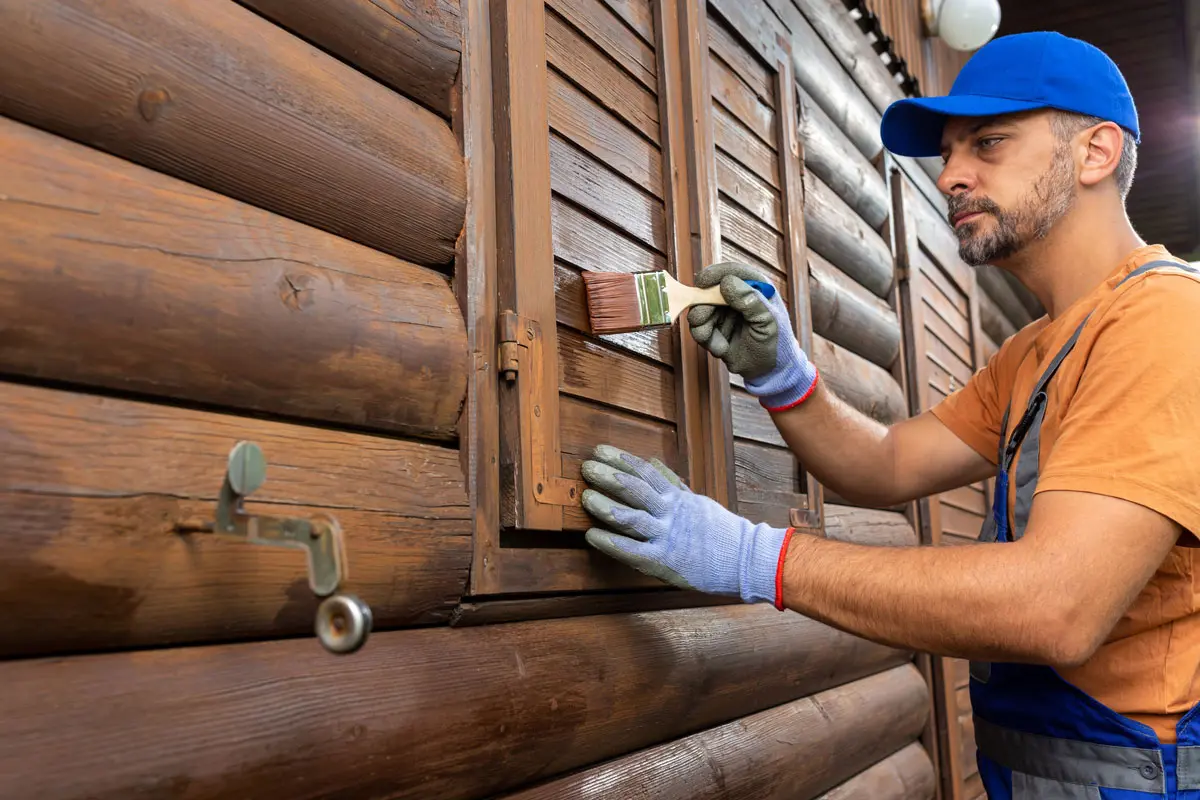Fading in plantation shutters can be caused by several factors. Here are some of the most common causes:
Exposure to sunlight: One of the most common causes of fading in plantation shutters is exposure to sunlight. Ultraviolet (UV) rays from the sun can cause the color of the shutters to fade over time, particularly if the shutters are exposed to direct sunlight for long periods.
Exposure to heat: Heat can also contribute to fading in plantation shutters. If the shutters are exposed to high temperatures, such as those found in direct sunlight or near a heat source, they may fade more quickly.
Exposure to moisture: Moisture can also contribute to fading in plantation shutters. If the shutters are exposed to water or high humidity levels, the moisture can cause the paint or finish to degrade over time, leading to fading.
Age and wear and tear: Over time, plantation shutters may naturally begin to fade as a result of age and wear and tear. This can be exacerbated by exposure to sunlight, heat, or moisture.
In Australia, and we have very strong UV and heat during the summer time. That’s why we see the west and north facing wood windows are worse than others, and they need regular maintenance to keep them in the shape.
The same rule applies to the plantation shutters, you would find that west and north windows if fitted with shutters, they fade much sooner than other windows. Dark finished or stained wood shutters, you need regular maintenance either sand or oil and repaint them every few years. White shutters you may see them turn yellow if no treatment is carried. PVC shutters becomes more popular at this stage due to its low maintenance and naturally white finish, due to it made of artificial stuff, we barely see its cracked or warped like timber shutters.

To prevent fading in plantation shutters, it’s important to take steps to protect them from the causes listed above. This can include using window treatments like tint for north and west facing windows to reduce exposure to sunlight, keeping the shutters clean and dry. For the shutters to be fitted in the wet areas, try use PVC shutters instead of traditional timber.





